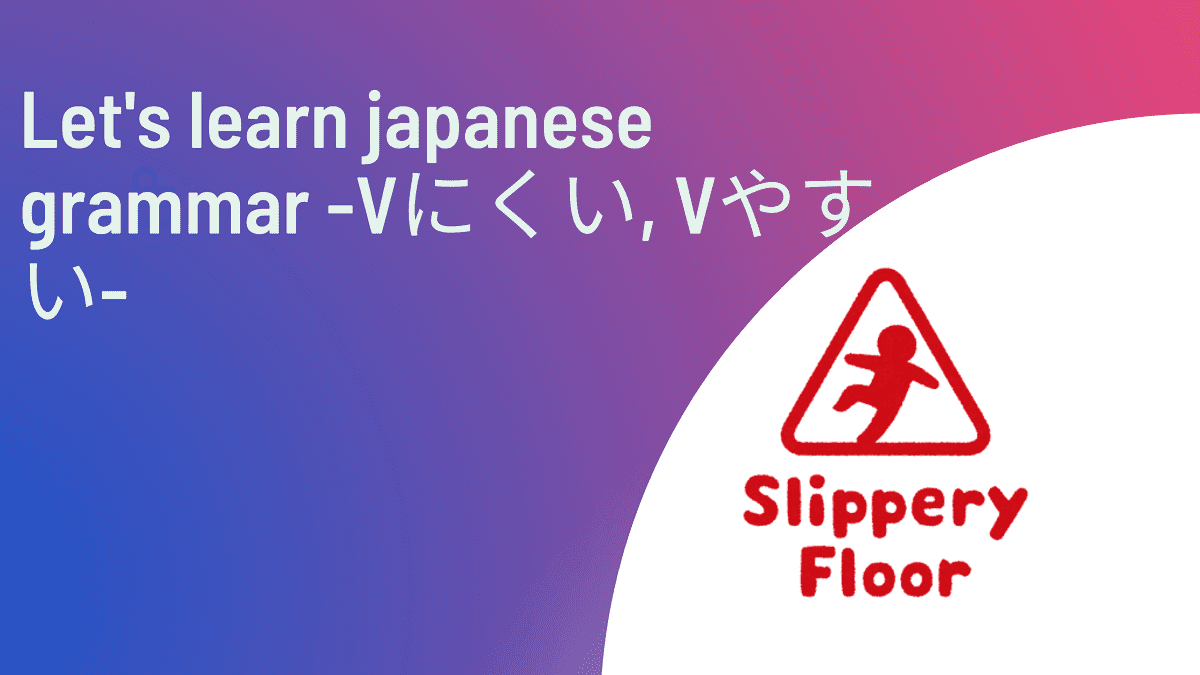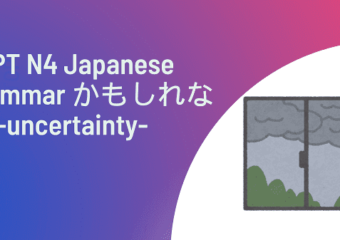When something is hard to do or easy to do, how can you explain the situation in Japanese?
In this case, you can use Vにくい and Vやすい.
In this article, I will teach you how to use them.
*Are you looking for a place to practice Japanese?
Youtonihongo is for you.
You may receive one free 30-minute trial lesson.

The free trial class online
We offer online classes and in person classes
What is Vにくい?
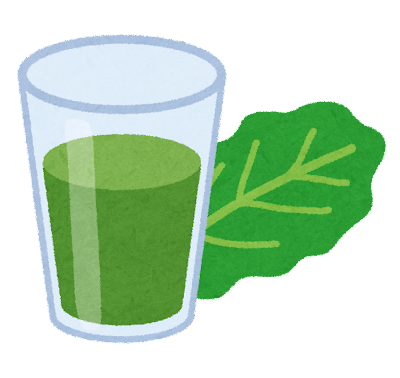
Vます+にくい
We use Vにくい to mean that something is hard to do or that something is unlikely to occur.
- Hard to do physically.
- Unlikeliness, nature, or property.
Let’s see some examples.
Japanese:
あおじるは にがくて のみにくい。
English:
Aojiru is too bitter to drink.
Japanese:
この せんせいの せつめいは わかりにくい。
English:
This teacher’s explanations are hard to understand.
Japanese:
わたは かわきにくい そざいです。
English:
Cotton is a material that does not dry quickly.
The third example mentions the cotton’s property.
にくい also means something unlikely to occur.
Let’s see the fourth example.
When giving someone advice that is difficult to give, you can say this before you start giving them advice.
Japanese:
いいにくいことなのですが…
English:
It’s hard to say, but…
What is Vやすい?
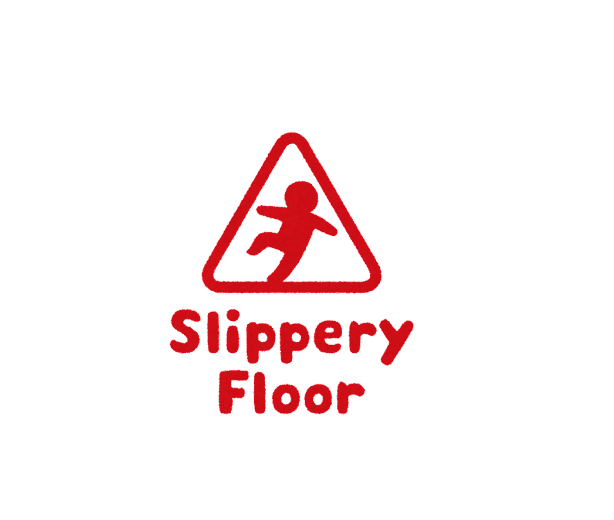
Vます+やすい
We use Vやすい to mean that something is easy to do or that something may easily occur.
- Easy to do.
- Likely to happen.
- Tendency to.
Let’s see these examples.
Japanese:
この きょうかしょは わかりやすい。
English:
This textbook is easy to understand.
Japanese:
この みちは あるきやすいです。
English:
It’s easy to walk on this road.
Japanese:
すべりやすいから きをつけて。
English:
It’s easy to slip, so be careful.
Japanese:
みんな しんせつで、このかいしゃは はたらきやすい。
English:
Everyone is kind, so it’s easy to work at this company.
Conclusion
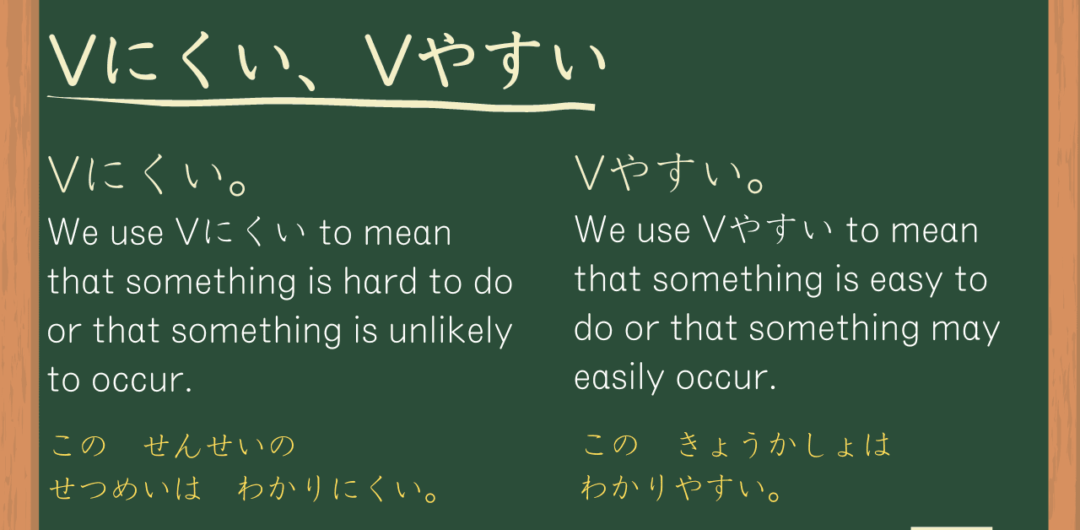
Vます+にくい
We use Vにくい to mean that something is hard to do or that something is unlikely to occur.
Vます+やすい
We use Vやすい to mean that something is easy to do or that something may easily occur.
Exercise
1.このカーテンは(もえます→ )そざいです。(Easy)
2.このパソコンは(つかいます→ )です。(Hard)
3.このさかなは ほねがおおくて、(たべます→ )です。(Hard)
4.かれは(はなします→ )ひとです。(Easy)
5.このコーヒーはにがくて(のみます→ )です。(Hard)
6.このやまは ビギナーでも (のぼります→ )です。(Easy)
7.このペンは(かきます→ )です。(Easy)
8.このきかいは(こわれます→ )です。(Hard)
9.あたらしいかいしゃは(はたらきます→ )です。(Easy)
10.ちいさくて(みます→ )。(Hard)
Answert
1.このカーテンは(もえます→もえやすい)そざいです。(Easy)
2.このパソコンは(つかいます→つかいにくい)です。(Hard)
3.このさかなは ほねがおおくて、(たべます→たべにくい)です。(Hard)
4.かれは(はなします→はなしやすい)ひとです。(Easy)
5.このコーヒーはにがくて(のみます→のみにくい)です。(Hard)
6.このやまは ビギナーでも (のぼります→のぼりやすい)です。(Easy)
7.このペンは(かきます→かきやすい)です。(Easy)
8.このきかいは(こわれます→こわれにくい)です。(Hard)
9.あたらしいかいしゃは(はたらきます→はたらきやすい)です。(Easy)
10.ちいさくて(みます→みにくい)。(Hard)
If you would like to practice conjugation in conversation, please let me know.
I teach Japanese in person or online.
You will have chances to use Japanese in my class.
↓Please feel free contact me.
↓You can also learn Japanese on my Instagram.

The free trial class online
We offer online classes and in person classes
